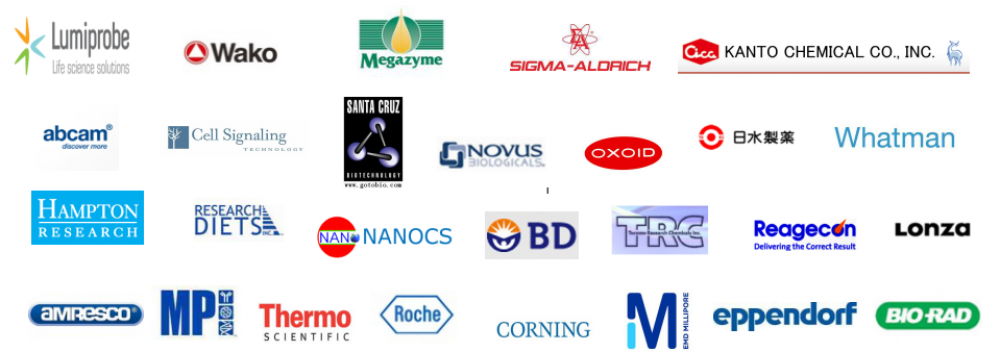Vector Labs代理,欢迎访问Vector Labs官网或者咨询我们获取相关Vector Labs产品信息以及报价。
Vector Labs 公司是世界著名的生物学检测试剂公司,七十年代其在全球首推的生物素-亲和素系统引领了生物学检测方法的重大革命,该系统被普遍视为目前最灵敏、最可靠与最有效的染色系统,并被广泛应用于免疫组织化学、免疫电镜、原位杂交与凝集素化学中。该系统仍在不断地发展,以满足广大研究人员的各种不同要求。Vector 公司还是世界上凝集素产品的主要供应商,并提供大量的新产品,如酶底物、神经元示踪剂及蛋白质、糖类与核酸的标记、分离与检测试剂。
Streptavidin, Agarose
Description
Agarose Streptavidin (SA-5010) can be used to separate biotinylated macromolecules from unbiotinylated materials or for solid phase binding assays.
Features:
- Biotin binding activity of the streptavidin optimally preserved through proprietary coupling procedure
- Low non-specific binding activity of gel
- Protein concentration is 1 mg streptavidin per ml of settled agarose beads
- Supplied as a 1:1 suspension in buffer
- Binding capacity is approximately 1 mole biotinylated HRP per mole streptavidin
Specifications
| Unit Size | 2 ml |
|---|---|
| Applications | Affinity Chromatography |
| Concentration | 1 mg/ml of settled gel |
| Recommended Storage | 2-8 °C, DO NOT FREEZE |
| Solution | 10 mM HEPES, pH 7.5, 0.15 M NaCl, 0.08% sodium azide. |
| Recommended Usage | Wash gel thoroughly with buffer before use. |
| Matrix Conjugate | Streptavidin |
Documents
- Safety Data Sheet
- Download CoA
- Datasheet
Related Products

Biotin (Long Arm) NHS Catalog #: SP-1200-50

Biotin (Long Arm) NHS, Water Soluble Catalog #: SP-1210-50

Biotin (Long Arm) Maleimide Catalog #: SP-1501-12

Protein A, Biotinylated (S. Aureus, Cowan strain) Catalog #: B-2001-1

QuantTag Biotin Quantitation Kit Catalog #: BDK-2000
Citations
Technical Information
Agarose Streptavidin (SA-5010) is prepared by conjugating streptavidin to heat stable, cross-linked 4% agarose gel beads. To ensure minimal steric interference and low nonspecific binding, streptavidin is conjugated through a hydrophilic spacer arm. The procedure we have developed for coupling streptavidin to agarose preserves the biotin binding activity of the streptavidin. Unlike cyanogen bromide coupling, our procedure does not produce conjugates which can be leached from the gel with solutes such as Tris buffer. Our procedure also does not generate charged groups on the gel that can bind proteins nonspecifically.

